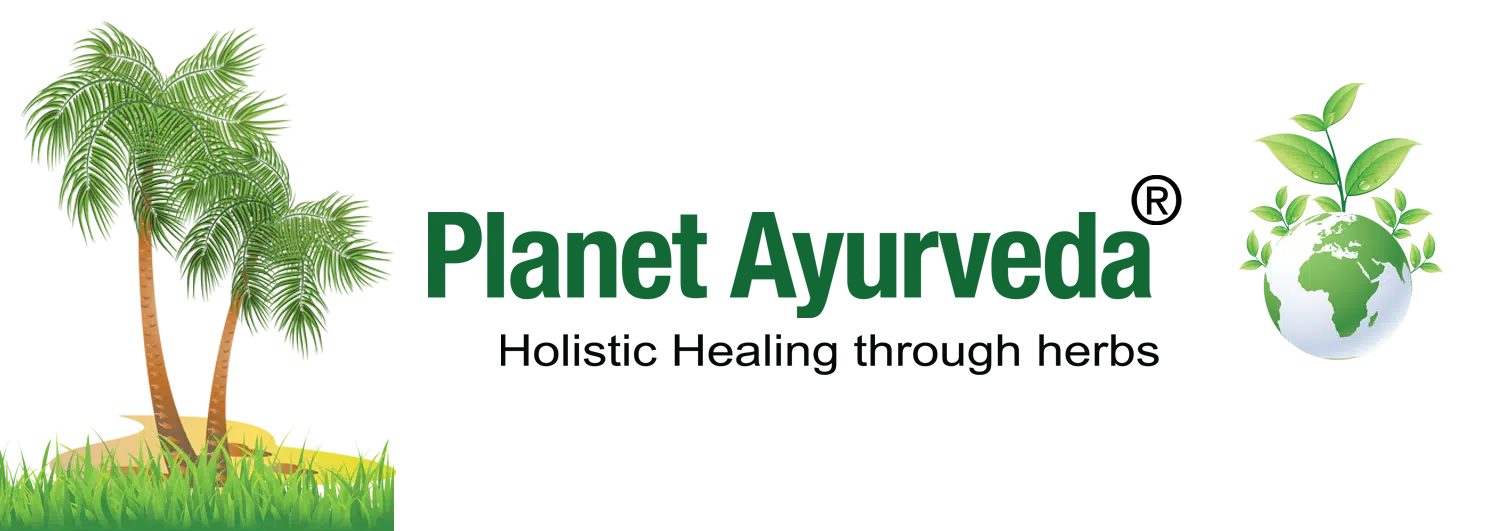Tragacanth Gum/ Gond Katira/ Astragalus gummifer Labill. – Ayurvedic Uses & Benefits
Abstract
Astragalus gummifer, commonly known for its natural gum called “Tragacanth,” is a medicinal shrub valued in both traditional and modern herbal systems. It is recognised for its immunomodulatory, anti-inflammatory and adaptogenic benefits. This plant has been used historically in the treatment of respiratory, digestive and metabolic disorders. The gum is highly prized in Ayurveda, Unani and other folk systems for its soothing and rejuvenating qualities. Its wide distribution in arid and mountainous regions contributes to its resilience and potent bioactive profile. Scientific studies now validate many of its traditional uses, especially its ability to enhance vitality and manage chronic fatigue.

Introduction
Astragalus gummifer, a spiny shrub belonging to the Fabaceae family, is best known for producing Tragacanth gum, a valuable natural exudate with significant medicinal and industrial applications. It is often employed in the management of respiratory issues, gastrointestinal disorders, and general debility. Beyond traditional use, modern research highlights its potential as a pharmaceutical excipient due to its non-toxic, biodegradable, and biocompatible nature. As interest in plant-based therapeutics grows, Astragalus gummifer stands out as a potent botanical with both historical significance and modern relevance.
Scientific Classification
- Kingdom: Plantae
- Clade: Angiosperms
- Clade: Eudicots
- Order: Fabales
- Family: Fabaceae (Leguminosae)
- Genus: Astragalus
- Species: Astragalus gummifer Labill.
Synonyms
- Katira
- Katada
Vernacular Names
- Hindi: Gond Katira
- Sanskrit: Katira, Bahupada
- Arabic: Katheera
- Persian: Katira
- English: Gum Tragacanth
- Punjabi: Goond Katira
- Urdu: Gond Kateera
Habitat
Astragalus gummifer thrives in dry, arid and mountainous regions, particularly in Western Asia, including Iran, Iraq, Turkey and parts of Afghanistan. It prefers gravelly and rocky soils and is often found at elevations between 1,000–3,000 meters above sea level. This hardy shrub is well-adapted to harsh climates and typically grows in areas with low rainfall.
Morphology
Astragalus gummifer is a small, spiny, perennial shrub that reaches a height of 30–60 cm. The plant bears compound pinnate leaves with numerous small, oblong leaflets. Its stems are woody and often gnarled, covered with short hairs. The gum exudes naturally from incisions made in the bark or stem, forming twisted ribbon-like flakes or tears. The flowers are small, typically purplish or bluish and are borne in clusters. The plant is most recognised for its production of Tragacanth gum, a natural polysaccharide-rich resin.
Special Note
It’s a small, many-branched and thorny shrub that is about 1 meter high and is a native of Eastern Europe. Although Katira gum is found in many species of Astragalus in India, such as Astragalus strobiliferus Royle, which has been found in Upper Kurram and Chitral. Depending on the method of cutting, long strips or small pieces of gum are obtained. Katira, coming from Persia, is the best. The other one comes from Smirna and is not as good. Strips of Persian Katira are 3 cm long, 1 cm wide and 2 mm thick, somewhat translucent, odourless and almost tasteless. It swells a lot when soaked in water. The commercial Katira is of many types. The good one is used in the manufacture of medicines and cosmetics, etc., and the inferior grade is used in the textile industry.
Indian Katira (Sterculia gum, Karaya gum) is obtained from Sterculia urens Roxburgh (Fam. Sterculiaceae), and its other species are found in many places. It is known as Kullu, and its leaves are 5-segmented, and the flowers are red-brown. Its gum is in pieces of various sizes, which are whitish, light brown or slightly pinkish. Small pieces of bark are attached to it. It has a vinegar-like smell and does not have starch particles, which are found in real Katira.
Another tree, which is called a yellow cotton tree (Cochlospermum religiosum (Linn.) Alston), is found in many places in India. Its gum is called Hoggum or Katira-Hindi (Katira gum). It is a small or medium-sized tree. Its wood is very soft, leaves have 5 segments, flowers are large and bright yellow, and the seeds inside the fruit are bound with yellow silk-like cotton. Its gum is light yellowish white in colour, somewhat translucent, striped on the edge and breaks into flat scales when broken. It is used in place of Indian Katira or real Katira.
Classical Categorisation
- In Bhavprakash Nighantu, page number 795
Ayurvedic Properties
- Potency (Veerya): Cold Potency (Sheet)
- Effect on tridosha: Balance Pitta dosha
Therapeutic Properties
- Relieves burning sensation
- Effective in bleeding disorders
- Softens the stool
- Effective for cough
- Throat problems
- Metrorrhagia
- Urinary bladder problems
Chemical Composition
- Bassorin: 60–70%
- Tragacanthin: 30–40%
- D-galacturonic acid: (major component of polysaccharides, exact % varies within polysaccharide matrix)
- D-galactose: (present within polysaccharides, ~5–10%)
- L-fucose: (trace amounts)
- L-arabinose: (~10–15%)
- Xylose: (~5–10%)
- Arabinose: (~10–15%)
- Rhamnose: (~1–3%)
- Glucose: (~2–5%)
- Uronic acids: (~20–30%)
- Proteins: ~2–4%
- Calcium salts: ~1–2%
- Magnesium salts: ~1–2%
- β-sitosterol: (trace; mainly in roots and bark)
- Lupeol: (trace; mainly in roots and bark)
- Kaempferol: (trace; mainly in aerial parts)
- Quercetin: (trace; mainly in aerial parts)
Modern Overview
For Cough and Throat Problems
Astragalus gummifer, commonly known for producing tragacanth gum, contains two key polysaccharides—tragacanthin and bassorin—that are beneficial in managing cough. Tragacanthin is a water-soluble polysaccharide that forms a viscous, colloidal solution when dissolved, while bassorin swells to form a thick gel. These components work synergistically to coat and soothe the throat, providing relief from irritation and inflammation. By forming a protective layer over the mucous membranes, they help reduce the frequency and severity of coughing. Their demulcent and anti-inflammatory properties make tragacanth gum a valuable natural remedy in soothing sore throats and calming dry or irritated coughs.
For Burning Sensation and Ulcerative Colitis
Tragacanthin, a key chemical component of Astragalus gummifer (tragacanth gum), is primarily responsible for its demulcent properties. As a water-soluble polysaccharide, tragacanthin dissolves to form a viscous colloidal solution that coats and soothes irritated mucous membranes. This soothing action is especially beneficial in managing burning sensations within the gastrointestinal or respiratory tracts. By forming a protective barrier over inflamed tissues, it helps reduce discomfort and promotes healing. The gentle, non-irritating nature of tragacanthin makes tragacanth gum a valuable natural remedy in conditions involving internal heat or tissue sensitivity.
The primary chemical component of Astragalus gummifer (tragacanth gum) that supports the management of intestinal mucus in Ulcerative Colitis is tragacanthin. This water-soluble polysaccharide forms a viscous solution that helps soothe and protect the inflamed intestinal lining. Its demulcent action creates a protective barrier, reducing irritation and supporting mucosal healing.
Practical Uses
- For the management of burning sensation, Irritated bowel diseases (IBS), Ulcerative Colitis and other digestive disorders, soak Gond Katira overnight and take an empty stomach daily in the morning.
Part Used
Gum
Conclusion
Astragalus gummifer, known for producing tragacanth gum, is a valuable medicinal plant with multifaceted applications. Its rich polysaccharide content offers demulcent, anti-inflammatory, and immunomodulatory benefits, making it useful in managing gastrointestinal disorders, respiratory issues, and as a supportive agent in chronic conditions. It is widely used in Ayurveda, Unani and traditional Persian medicine, it serves as both a therapeutic agent and a pharmaceutical excipient. Its biocompatibility and non-toxic nature enhance its utility in herbal formulations. Continued research is essential to further validate its traditional uses and expand its modern applications. Overall, Astragalus gummifer stands as a promising natural resource in holistic healthcare.



